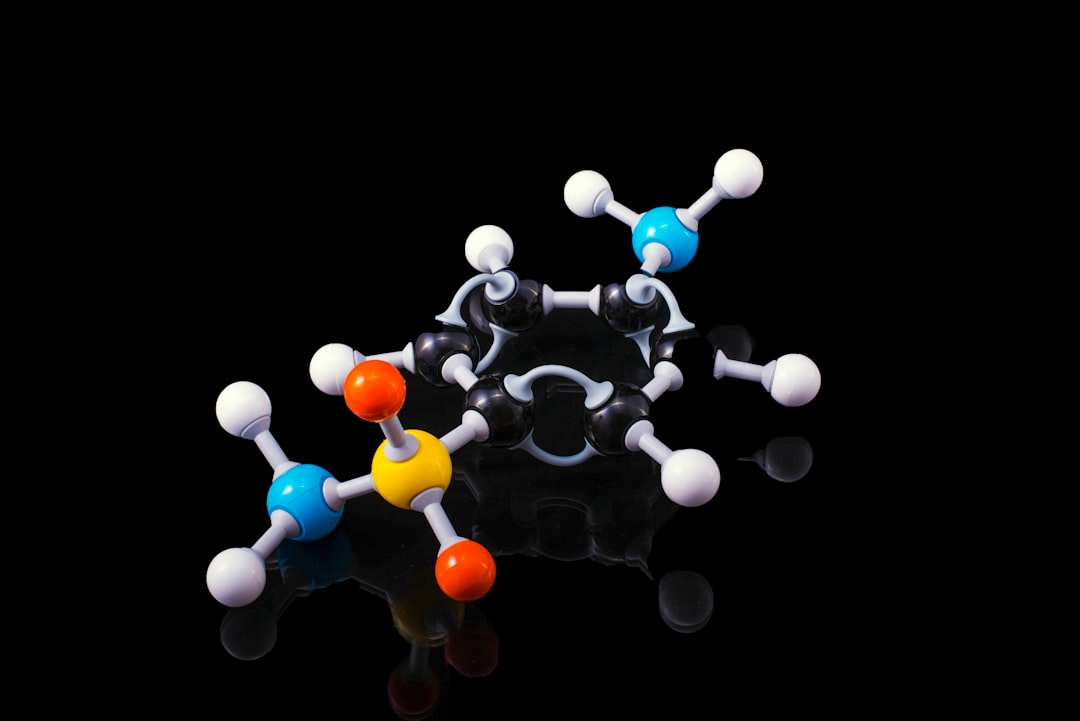What is it about?
The title molecule, C21H26O3, has a six-membered planar carbon ring as the central core, substituted at position 1 with phenoxycarbonyl, at position 2 with hydroxy and at positions 3 and 5 with tert-butyl groups. The structure shows two independent but very similar molecules within the asymmetric unit. For both independent molecules, the ester carboxylate group is coplanar with the central core, as reflected by the small C-C-O-C torsion angles [179.95 (17) and 173.70 (17)°]. In contrast, the phenyl substituent is almost perpendicular to the carboxylate -CO2 fragment, as reflected by C-O-C-C torsion angles, ranging from 74 to 80°. The coplanarity between the central aromatic ring and the ester carboxylate -CO2- group allows the formation of an intramolecular hydrogen bond, with O...O distances of 2.563 (2) and 2.604 (2) Å.
Featured Image
Why is it important?
Other important studies in bioinspired compounds are focused in the search of new dyes to be used as photoelectrochemical devices, such as porphyrin macrocycles containing benzimidazole subunits, including a phenol group with an intramolecular hydrogen bond, which exhibit a chemically reversible couple that undergoes photoinduced electron transfer.
Read the Original
This page is a summary of: Phenyl 3,5-di-tert-butyl-2-hydroxybenzoate, Acta Crystallographica Section E Structure Reports Online, November 2010, International Union of Crystallography,
DOI: 10.1107/s1600536810044028.
You can read the full text:
Contributors
The following have contributed to this page










